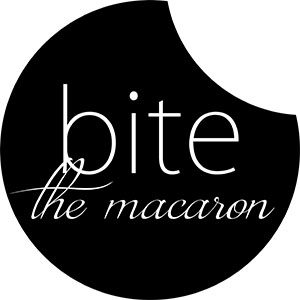The History of a Macaron

Macarons are a French dessert that has a rich and interesting history dating back to the 8th century. The exact origins of the macaron are not entirely clear, but it is believed that the dessert was brought to France from Italy during the Renaissance period.
The earliest recorded recipe for macarons was actually in Italy, in a 16th-century cookbook written by the chef of Catherine de’ Medici, who later became the Queen of France. It is said that she introduced the macaron to the French court, and it quickly became popular among the aristocracy.
Over time, the macaron evolved and developed into its current form, which consists of two delicate almond-based cookies filled with a variety of flavored fillings. In the 1830s, macarons started to be sold in pastry shops in Paris, and it wasn’t long before they became a popular treat throughout France.
In the early 1900s, the famous French pastry chef Pierre Desfontaines, who worked at Ladurée, the iconic Parisian bakery, created the modern macaron as we know it today. He sandwiched two macaron shells together with a sweet ganache filling and gave it a smooth, shiny top. This is now known as the “French Macaron.”
Today, macarons are enjoyed around the world and come in a wide range of flavors, colors, and styles. They are a popular treat for weddings, birthdays, and other special occasions, and are widely available in bakeries and patisseries worldwide.
Is it a Macaron or a Macaroon?

Macarons and macaroons are two different types of cookies that are often confused with each other.
A macaron is a French pastry made from almond flour, egg whites, and sugar, often filled with ganache, buttercream, or jam. Macarons have a smooth, shiny surface, a slightly crunchy exterior, and a soft and chewy interior. They come in various colors and flavors, and are usually presented in a sandwich form with a filling in between two cookies.
On the other hand, a macaroon is a small, coconut-based cookie that is popular in many parts of the world, including the United States, Europe, and the Middle East. Macaroons are made from shredded coconut, egg whites, sugar, and sometimes almond flour. They have a rough, textured surface and a crispy, crunchy exterior. Unlike macarons, macaroons are usually not filled with anything, but sometimes they may have a drizzle of chocolate or other toppings.
In summary, the main differences between macarons and macaroons are their ingredients, textures, and origins. Macarons are almond-based, smooth, and chewy French pastries, while macaroons are coconut-based, textured, and crispy cookies that are popular in many countries.
Macaron day 20th March

Macaron Day, also known as Jour du Macaron, is an annual celebration of macarons that takes place on March 20th each year. The event was created in 2005 by the French pastry chef Pierre Hermé as a way to promote his macarons and to raise money for charity. Since then, it has grown into a global celebration of these delicate and delicious French pastries.
On Macaron Day, participating bakeries and pastry shops around the world offer free macarons to customers who visit their stores. In return, the shops ask customers to make a donation to a local charity. This allows pastry shops to give back to their communities while also promoting their businesses and introducing new customers to their macarons.
Whether you are a macaron enthusiast or a newcomer to these delicious treats, Macaron Day is a great opportunity to try new flavors, support local businesses, and give back to your community.
Anatomy of a perfect Macaron

SHELL – a slightly shiny, thin shell with a slight crunch
FOOT – a proportional, narrow foot around the shell
CHEWY CENTRE – an interior that is soft, moist, and only slightly chewy
FILLING – a typical macaron is presented with a ganache, buttercream, jam or fruit filling
